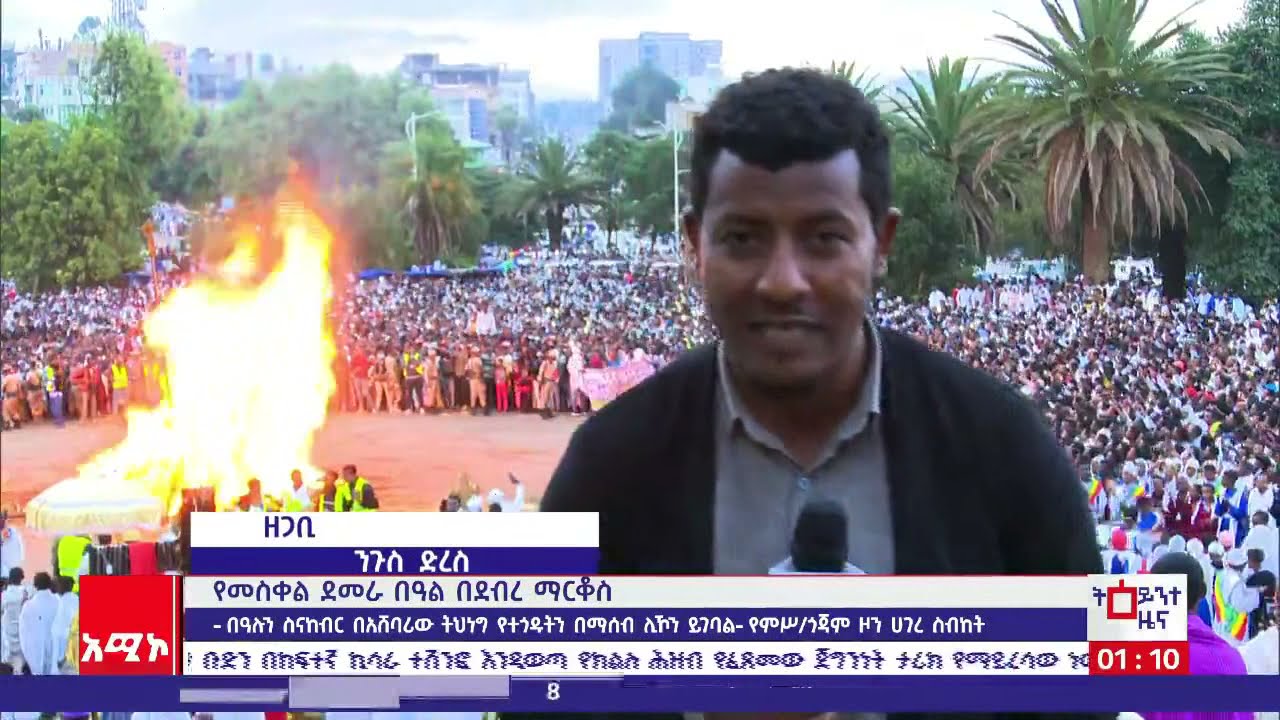UMD Media previously reported on worrisome outbreaks in Tigray where communication within the region and to the outside world continue to be broken.
Here is what we know so far based on information received from health professionals on the ground in Tigray:
1. Malaria outbreak: in 10 Districts (locally known Woredas) in Tigray. Last week alone more than 2000 cases were reported. Though the time right now is not a major transmission season, the outbreak is attributed to the fact that no public health intervention measures against malaria were done for one solid year that followed the start of the war, and the weak intervention activities of last year. More than 77% of the malaria cases are the deadly variant, scientifically known as P. falciparum. One patient with severe malaria died at Ayder Hospital. The patient went to the Hospital with Acute Renal Failure, Thrombocytopenia and all other severe manifestations. Doctors are fearing given there are very little to none diagnostic and therapeutic supplies. No bed nets or chemicals for spraying.
Supports for tuberculosis (TB), HIV and Malaria prevention and control programs including supplies to Ethiopia come from the Global Fund, a worldwide movement established in 2002.
”Th government of Ethiopia has deprived Tigray of those supplies.”, a medical professional in Tigray told UMD Media.
2. Anthrax: Deaths of cattles, and other animals are reported with more than 44 of them in the past few months. Following the outbreak in animals, human anthrax cases were also confirmed clinically. Most of the cases are affecting the skin while some are of the gastrointestinal anthrax type with a few deaths were reported.
Tigray didn’t have any animal vaccination against Anthrax for more than a year.
With the very limited communication means including on foot, people are being given instructions related to food and sick animals; support on how to get rid of the carcass of dead animals or how they should handle sick animals. There is no vaccine nor drugs for animals.
3. Rabies: there are some suspected cases happening in some places. No post-exposure vaccine. In the pre-war period, Tigray had an old vaccine type. “Even that is now a luxury. There is none.”, a source told UMD Media.
4. Diarrheal illnesses:
A medical doctor in Tigray said “Although there is no confirmed cases of Cholera yet but the risks are there. The number of people with dysentery and other watery diarrhea is steadily increasing. We were hoping to get the Oral Cholera Vaccine from WHO or other global agencies.”
Doctors are also witnessing cutaneous leishmaniasis, a skin infection transmitted by the bite of a sand fly under a condition real difficulty getting any anti-leishmaniasis drugs.
Tigray has been under siege and communication blockade since June last year. Doctors there are desperately calling for the international community for malaria supplies such as bed nets, diagnostic test supplies, and medications.
A medical director in Tigray describing the situation there now and in the near future said,
“That is the most worrisome now. The next worrisome thing is cholera. If it happens.”
”The meager resources we have are far far far from adequate. No transportation, no telephone etc. How can one intervene to control such outbreaks?”


Pingback: Etiopia, l’impatto dell’assedio del Tigray sui pazienti cardiologici dell’ Ospedale Ayder, Mekelle - Focus On Africa -